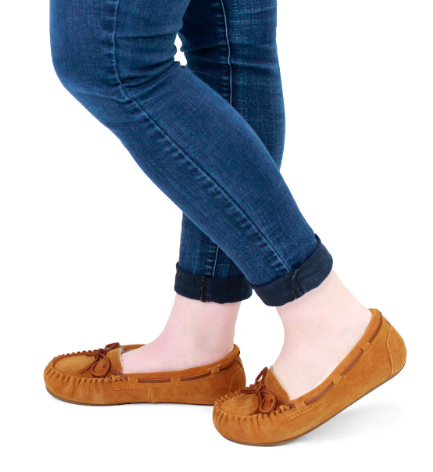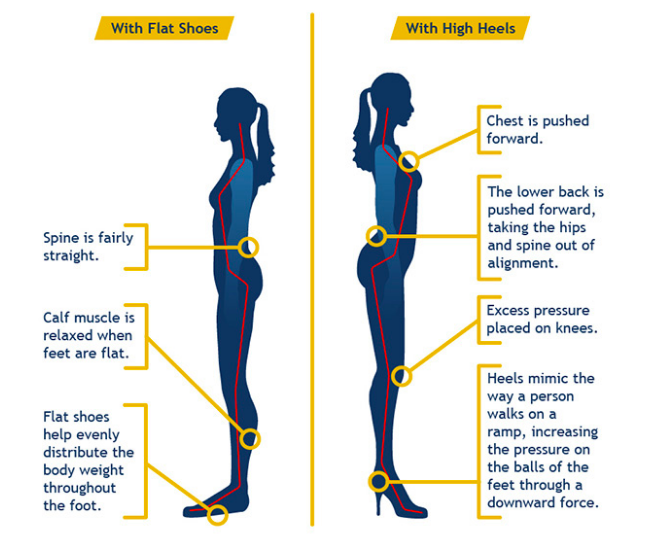 Whenever you travel to a foreign country, it’s a good idea to learn a bit about the culture and traditions before you go. It’s also wise to know what to pack so that you don’t get into trouble by wearing something inappropriate or possibly even illegal.
Whenever you travel to a foreign country, it’s a good idea to learn a bit about the culture and traditions before you go. It’s also wise to know what to pack so that you don’t get into trouble by wearing something inappropriate or possibly even illegal.
It may not surprise you to know that modest attire is usually expected when visiting religious sites such as churches, temples, and mosques. Visitors to Cambodia’s famed Angkor Wat temple complex and to the Vatican are required to wear pants or skirts that fall below the knee and shirts that cover their shoulders. Sleeveless and low-cut garments, shorts that end above the knee, and miniskirts are not allowed and men entering the Vatican must also remove their hats. Some religious sites may require women to cover their heads, so it’s always a good idea to pack a scarf just in case.
Afghanistan is the only country that requires women to wear a burqa in public today, but did you know that there are countries where these garments are forbidden? That’s right! It is illegal to wear a burqa or a niqab in France, Belgium, the Netherlands, Cameroon, Chad, Congo-Brazzaville, Niger, and parts of Russia. In fact, face coverings of any kind including masks (with the exception of those worn to prevent the spread of Covid and other respiratory illnesses), scarves, motorcycle helmets, and balaclavas are illegal in France, Belgium, and the Netherlands.
I was surprised to discover a long list of countries that forbid the wearing of camouflage. Leave your camo at home if you plan to visit Barbados, St. Vincent, St. Lucia, Antigua, Grenada, Jamaica, Nigeria, Oman, the Philippines, Saudi Arabia, Trinidad and Tobago, Zambia, or Zimbabwe.
For your own safety, you aren’t allowed to wear sandals while driving in Spain and those who hike the steep, hilly terrain connecting the five villages of Italy’s Cinque Terre are prohibited from wearing flip-flops, sandals or high heels. High heels are also forbidden at some historic sites in Greece such as the Acropolis and Delphi to prevent damage to the ancient monuments.
Most dress codes are a matter of modesty and what is considered appropriate differs greatly from place to place. All women in Iran must cover their hair or wear a hijab in public areas. Women must have their arms and shoulders covered at all times in Oman. Swimwear is not allowed except at the beach in Majorca, Croatia, Maldives, Turkey, and some cities in Spain including Barcelona. In France, men must wear speedos in public pools. Boxers aren’t permitted! In Thailand, one must wear a shirt while driving and must always wear underwear in public (although how anyone would know if you weren’t, I’m not sure!)
Perhaps Saudi Arabia and Sudan have the strictest dress codes. In Saudi Arabia men are required to have their shoulders and legs covered at all times. They’re not even allowed to go shirtless at the beach! Women must dress modestly at all times, covering both their knees and shoulders. Sleeveless shirts, short dresses, loose tops, shorts, crop tops, miniskirts and bikinis are all forbidden. In some places they must also wear a headscarf. Similarly, in Sudan, men cannot wear makeup, shorts or sleeveless shirts and women cannot wear shorts, pants, sleeveless shirts, anything see-through, or skirts shorter than mid-calf.
I’m not sure why anyone would want to visit North Korea, but if you do and you’re a woman, you need to know that you can’t wear pants there either.
And I saved the funniest for last… it would be a good idea not to wear clothing with Winnie the Pooh on it near schools and playgrounds in Tuszyn, Poland. Apparently Pooh’s uncertain sexuality and indecent exposure (he doesn’t wear pants!) are proof that the loveable bear is “wholly inappropriate for children.”


 After a week during which I published a couple of fairly heavy posts about the fallout from Covid-19, let’s finish off with some fashion fluff! During this time when most of us are spending more time at home than usual, what are you wearing on your feet?
After a week during which I published a couple of fairly heavy posts about the fallout from Covid-19, let’s finish off with some fashion fluff! During this time when most of us are spending more time at home than usual, what are you wearing on your feet?

 European cities are well known for pickpockets. They aren’t a new phenomenon. Charles Dickens wrote about them in Oliver Twist in the mid 1800s. Every year, thousands of tourists are victims of pickpockets. In the mind of a pickpocket, tourist equals money.
European cities are well known for pickpockets. They aren’t a new phenomenon. Charles Dickens wrote about them in Oliver Twist in the mid 1800s. Every year, thousands of tourists are victims of pickpockets. In the mind of a pickpocket, tourist equals money.



 Looking at the two profiles, it’s easy to see why men in particular tend to favour women in high heels, but is the increase in sex appeal worth the damage that they cause?
Looking at the two profiles, it’s easy to see why men in particular tend to favour women in high heels, but is the increase in sex appeal worth the damage that they cause?



